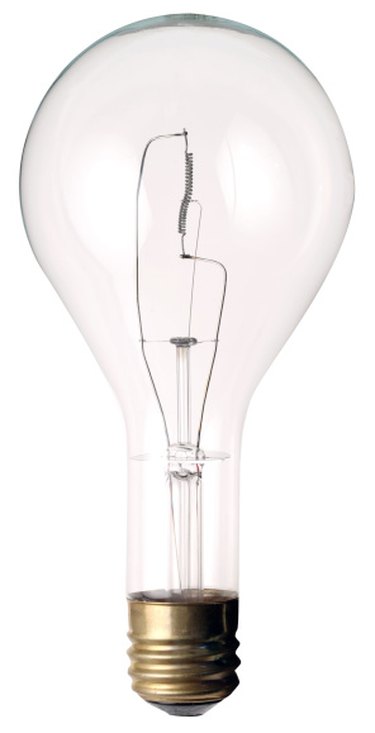
In order for a capacitor to charge, it must be placed in a completed circuit which must include a power source, a pathway, and a load. Without a load, current will not flow through a circuit, and will thus not charge a capacitor in the circuit. Instead of using a resistor as a load in order to charge a capacitor, any other load can be implemented. If a resistor is not available, a light bulb of appropriate voltage may be used.
Step 1
Connect one end of a length of wire to the positive terminal on the battery, and the other end to one of the two terminals on the capacitor.
Video of the Day
Step 2
Connect one end of another length of wire to the other of the two terminals on the capacitor, and the other end to one of the two terminals on the light bulb socket.
Step 3
Connect one end of a third piece of wire to the other end of the two terminals on the light bulb socket.
Step 4
Touch the loose end of this wire to the negative terminal on the battery. The light will begin to glow and the capacitor will begin to charge. The light will begin to dim. When the light goes out, the capacitor is fully charged.
Video of the Day